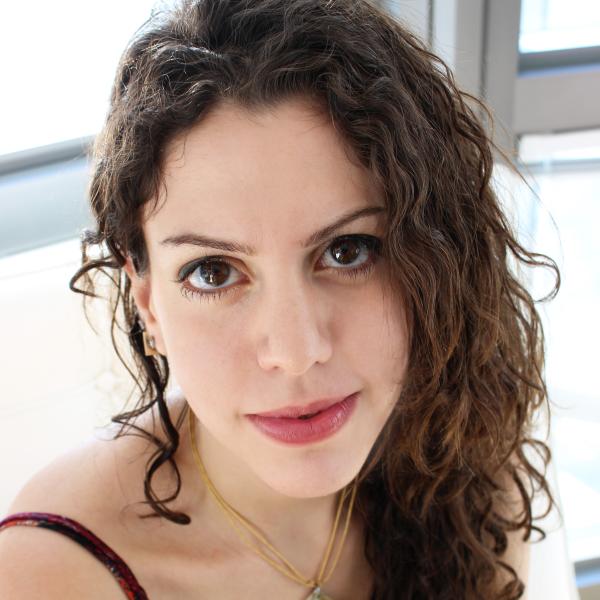
Program notes:
Suburbia (2021) is constructed by a small number of musical ideas that are developed and manipulated until they become unrecognizable. The fixed electronics samples were created by manipulating recordings of the acoustic material, and later more material for the acoustic instruments was developed by transcribing that process of computerized manipulation. Cycles of musical cells occur at the micro and micro levels in all sections, sometimes overlapping, while the music moves from section to section almost without warning. Repetitive movements and bursts of intensity give way to slower, more meditative material only for the music to return to a mobile and restless state. In every section, however, there is a sense that one cannot escape the music and its perpetuity.
Maria Kaoutzani's Suburbia premiered on October 2, 2021 with Wet Ink Ensemble.
